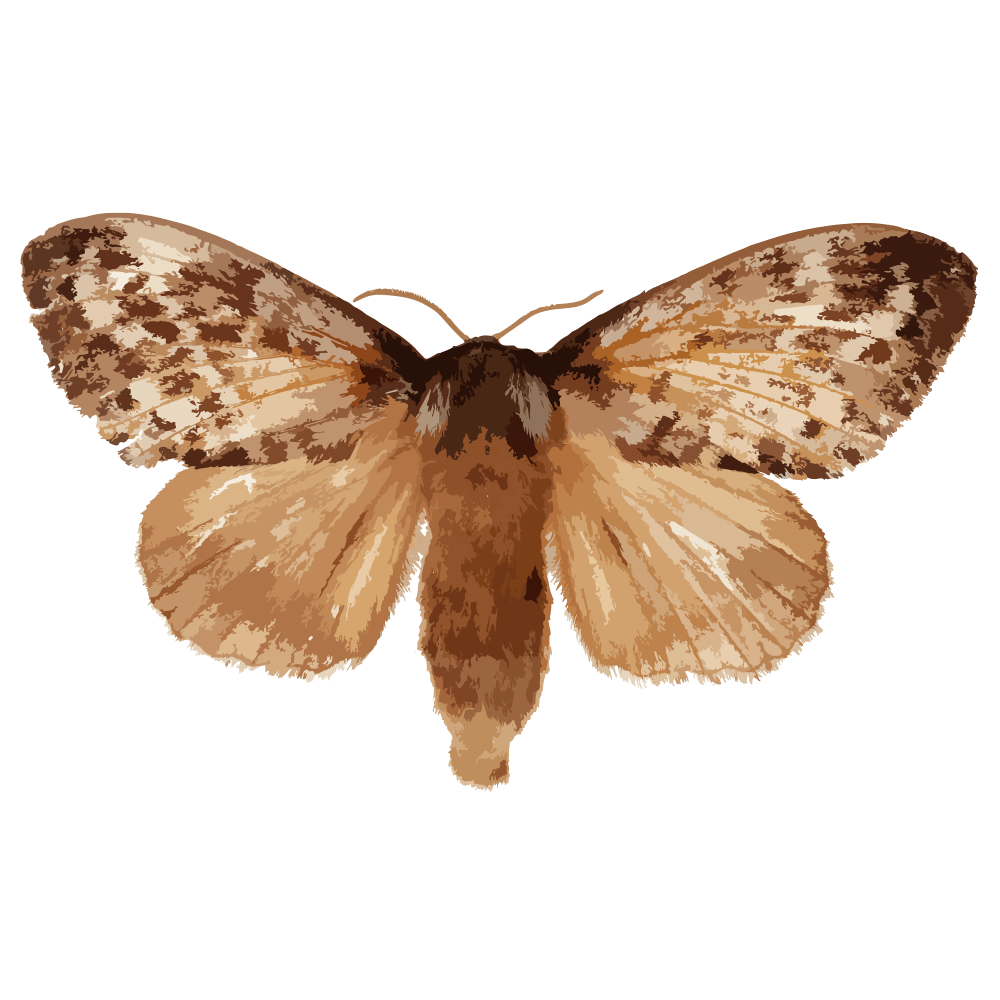


| Latin Name | Dendrolimus spectabilis |
| Common Name | Pine moth |
| Biology | Adults are nocturnal, laying eggs on Japanese red pine needles. Larvae exhibit gregarious feeding behavior on pine needles, often completely defoliating branches during outbreaks, leading to tree mortality. Completing one generation annually, this pest overwinters as larvae within pine needle clusters. |
| Damage | This pest primarily damages Japanese red pine (Pinus densiflora), it also threatens other pine species. |
| Distribution Regions | Japan and the Korean Peninsula |
| Monitoring | Pheromone lures mimic natural sex pheromones to attract male insects into specialized traps for population monitoring and suppression. As a core IPM component, monitoring enables early risk detection and targeted control. Mass trapping reduces mating opportunities to curb offspring populations. Protocols: ●Use only with matched traps. ●15-45 traps/hectare,replace/replenish every 4-6 weeks. ●Wear gloves or wash hands with detergent when switching lure types. ●Refer to trap-specific hanging instructions. |
| Recommended Traps | Delta Trap, Wing Trap |

分享您的联系信息,即可获得精准匹配的信息素解决方案。如果我们现有的产品组合缺乏最佳匹配,我们的合成化学团队将启动定制开发——从分子结构设计到规模化生产。